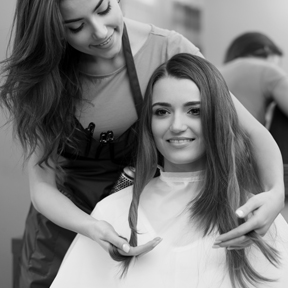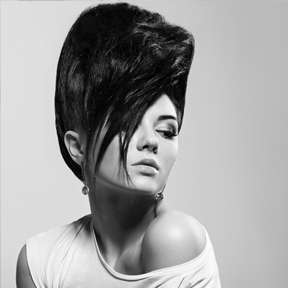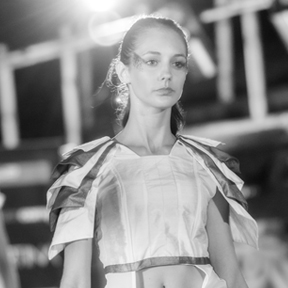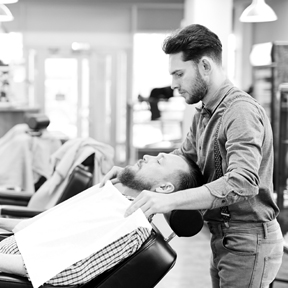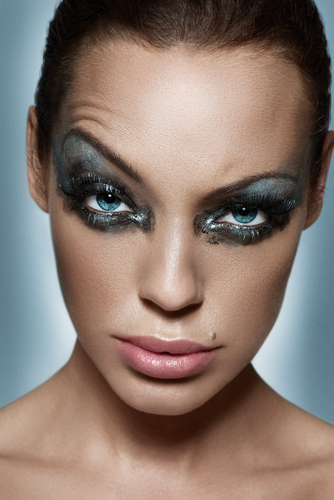
Are You a Cosmetics Clown?
The sexiest makeup is the application that enhances your natural beauty, not SCREAMS, “I’m wearing a ton of makeup!” Exaggerated or sloppy lip liner, clumpy mascara, and caked foundation, are for the stage, not every day life. Following these tips can help you be a makeup maven, rather than mishap.
Along with spandex and big hair, dark lip liner with light lip color is one look that should have stayed in the 80s. Choose lip liner in a shade close to your natural lip color. Line and color in your pucker, then top with sheer gloss. If you use dark liner, like a red or berry shade, fill in your mouth completely, and then top with clear gloss, not a light lipstick. And remember what you learned in kindergarten still holds true: Coloring outside the lines is sloppy. Don’t extend beyond your natural lip line.
The “cat-eye” (or Cleopatra) effect with eye makeup is sultry, but not if you go overboard. Extend the line no farther than a quarter inch past your eye (or just a tad bit farther for a more dramatic look), and at the outer edge, subtly slant the line upward.
For long, clump-free lashes, before you apply, wipe the mascara wand against the opening of the tube to get rid of any excess. Wiggling the wand from side to side, from the base of your lashes to the tips, is the way to avoid clumps. If clumps remain, before the mascara dries, comb through your lashes with an old toothbrush or an eyelash comb to separate them and get rid of the gunk.
Suffocating your skin with a heavy cover-up will only draw attention to the problem you’re trying to hide. Instead, try these tricks: For fine lines: Mix in a little moisturizer with your foundation, which will prevent the formula from seeping into the lines. For blemishes: Mineral makeup can give great coverage for pockmarks and acne.
Do Your Locks Resemble a Witch or Scarecrow’s?
Heat can be one of your hair’s biggest foes. Styling tools (i.e. flat irons, curling irons, blow dryers) apply high levels of heat directly to the hair. Unprotected hair or hair that is subjected to such heat will eventually have its cuticle layer damaged by the excessive heat. The cuticle layer covers the shaft of the hair strand and protects your hair fibers.
For hair that is already heat damaged to the extent of split ends, and broken hair, regular trims are essential… and the only effective means of remedying those issues.
Once you’ve gotten rid of those split ends and have begun a good hair care regimen, prevention against further or ongoing damage is key. If you must use heat, use a heat or thermal protector, which work by forming heat absorbing polymers around the hair. Many thermal protectors also use protein as reinforcement against protein breakdown in the hair by heat.
Cutting back on how often you use heat styling helps. Your Health and Style Institute stylists can show you other options for styling your hair, and still look fab; from braids, casual updos, and making the most of your own hair texture and body with the right products and regular trims and shaping. Call us today for help to keep the ghoulishness out of your glam!


